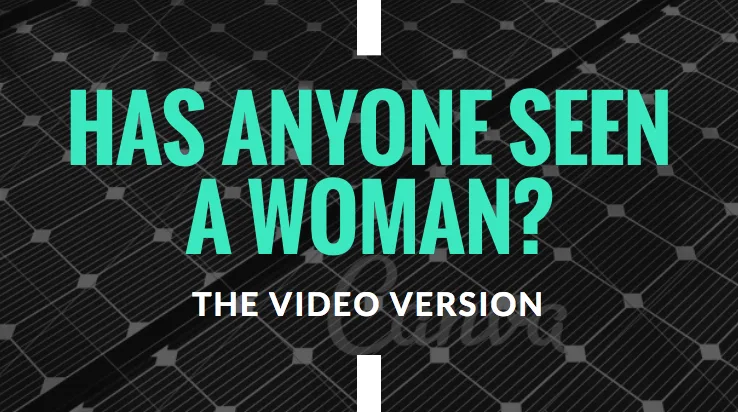Breaking down the paucity of female AACTA award nominees,
Published in the film industry trade journal if Magazine, 31 October, 2016
The 2016 AACTA nominations were announced last week to the usual gamut of responses ranging from delight to disappointment and dismay. This year the absence of women nominees in a number of categories has been especially singled out for attention.
A cursory critique would direct frustration at the AFI but this would be misplaced. Women constituted 40 per cent of AACTA accredited members that expressed interest in participating in the jury process in 2016. According to AFI CEO, Damian Trewhella, “We consciously made an effort to improve on that, and the final percentage of women on juries was 47 per cent.” Film categories, on the other hand, are voluntarily voted for by accredited AACTA members and specific data for the breakdown of voters by gender is not made public.
Our issue is not so much with the lack of women nominated in categories like film screenwriting, however galling those statistics may appear to be. Our concern is with an industry that takes for granted a scenario in which only two female screenwriters (Edwina Exton for Spin Out and Sue Brooks for Looking for Grace) worked on any of the 28 feature films entered in the awards.
A quick crunch of the AACTA/AFI data from the past ten years (not including this year) shows that the industry has some serious work to do if it wants to achieve gender equity.
Out of the 344 producers who worked on feature films (but not documentaries) submitted to the awards between 2006 and 2015, a total of 126 were women (37 per cent) and 218 were men. Of these men, 89 did not work with a single woman in a key creative role (producer, director or writer). That’s a shade under 41 percent of all the male producers working across a ten-year period in our industry. But wait – it gets worse. Three-quarters of all the male producers in this dataset worked with none or just one woman in a creative role in that same ten-year period. Let me say that again. Seventy-five percent of all male producers in a ten-year period delivered projects with one woman or less in a creative role!
Or let’s think of that a different way. How many male producers during this time worked on films in which they were a minority in the creative team – how many? Nineteen male producers (out of 218). On 16 movies (out of a total 205 movies). Nineteen male producers experienced something that is an everyday reality for women in the Australian film industry. No wonder male dominance in key creative roles seems so comfortable to male producers and financiers.
If we look at the sixty-eight movies that feature women in one creative role there are further insights. We can see that on the occasions when men are willing to work with female creatives their preference is to work with them in a production role. Of the 50 movies with male producers and which featured just one woman on the creative team, that woman was a producer forty-three times, a writer six times, and wait for it, a director just ONCE (the French director, Anne Fontaine, for Adoration). Conversely, solo women producers delivered 41 creative roles (19 director roles and 22 writing roles) to men across 19 projects.
If we are really going to reward anyone in the Australian film industry we need to give recognition to the women who swim against the current, day in and day out. These women don’t need a life-jacket tossed to them when a funding agency takes notice occasionally. They need a tidal change.
Rather than call for measures to improve the number of women nominated for awards, we would like to take a more straightforward approach. We have the data. We have the names. So let’s stop rewarding men who can only work with other men.


